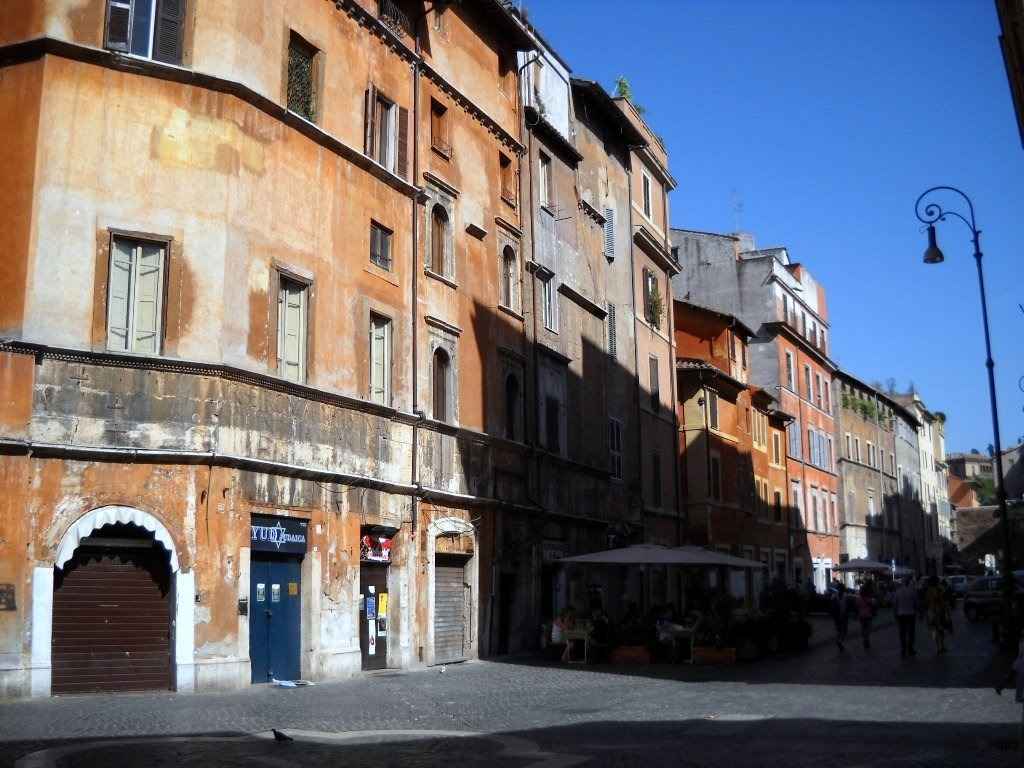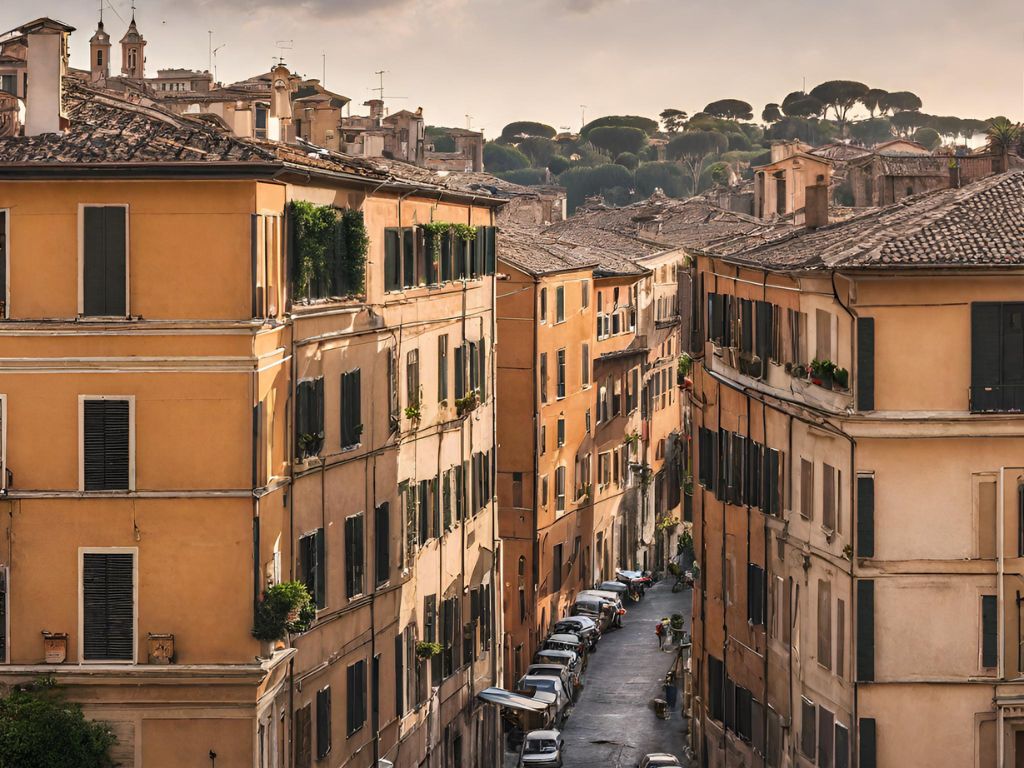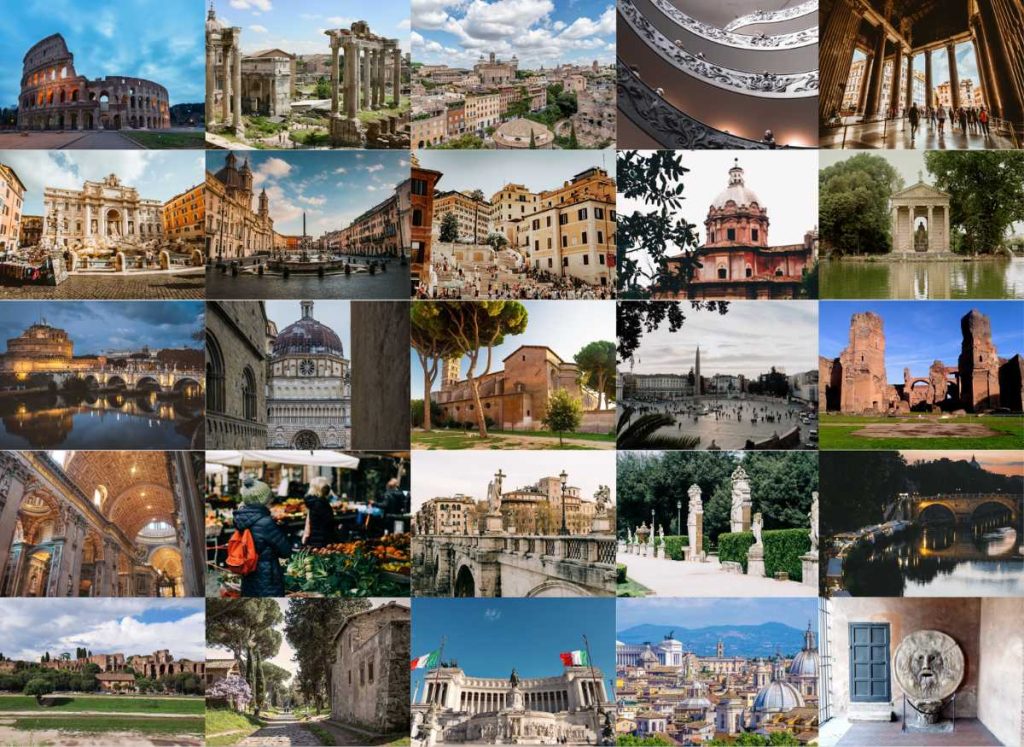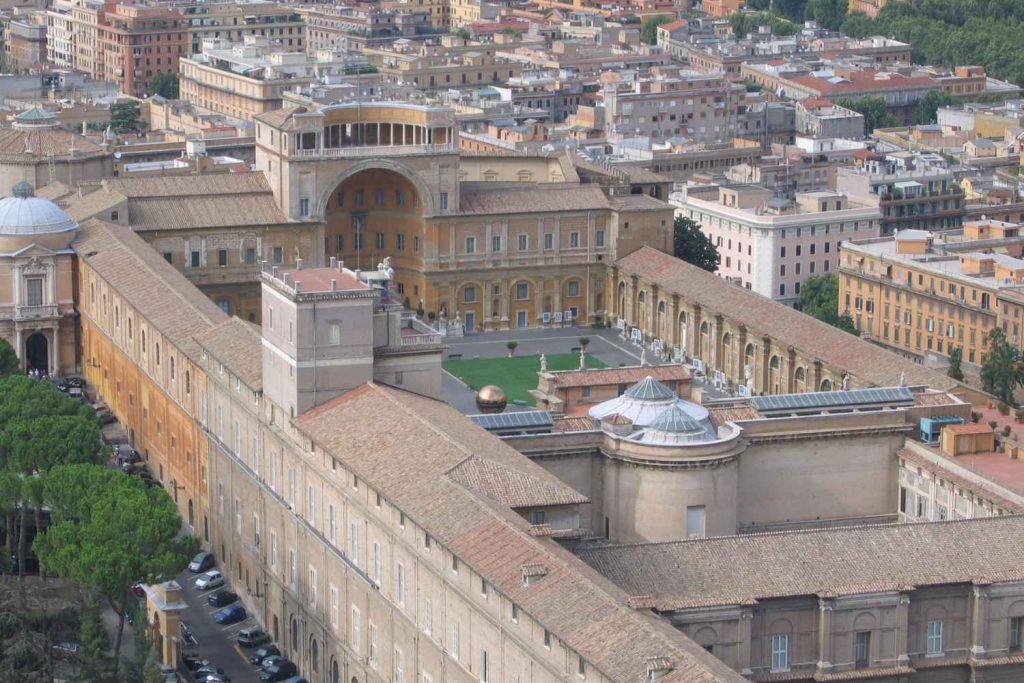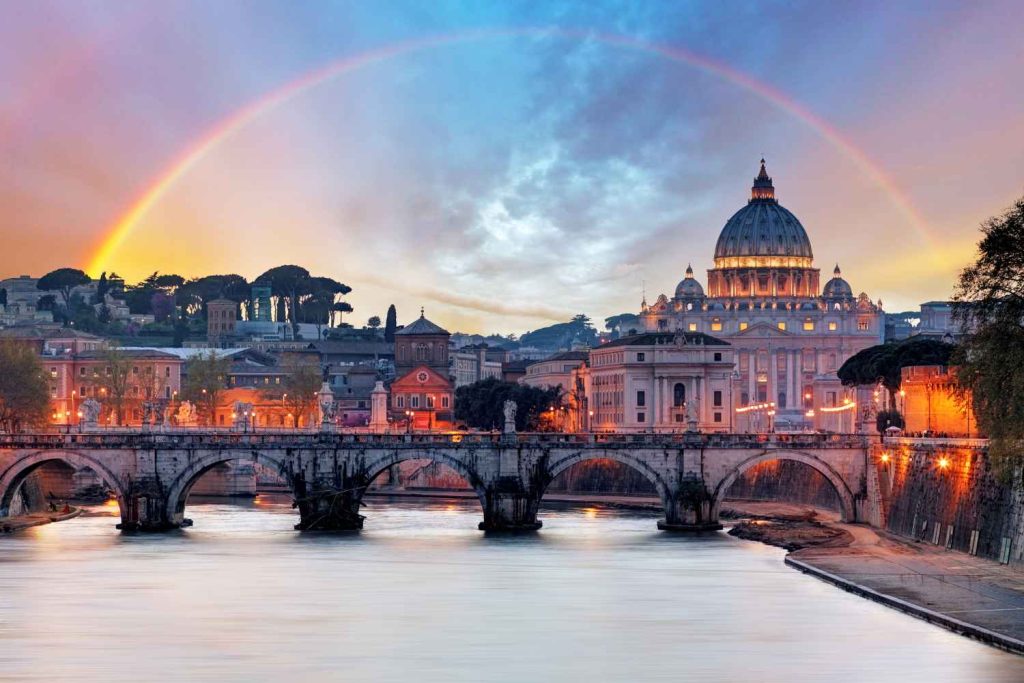Established in 1555 by Pope Paul IV, the Jewish Ghetto was a testament to the city’s complex relationship with its Jewish population.
A Glimpse into the Past
Nestled within the heart of Rome, a city renowned for its ancient wonders, lies a district that carries the weight of centuries on its cobblestone streets—the Jewish Ghetto. As one embarks on a journey through this historic enclave, the rich tapestry of Rome’s past unravels, revealing tales of resilience, cultural fusion, and the enduring spirit of a community that has weathered the storms of time.
The first leg of this historical odyssey immerses visitors in the shadows of the past, where the narrow alleyways echo with the whispers of bygone eras. Synagogues adorned with intricate artwork stand as silent witnesses to the perseverance of a community that faced segregation and oppression. The Turtle Fountain, an iconic landmark in the heart of the Ghetto, tells tales of a time when the Jewish residents were confined within its boundaries after sundown. The air is thick with history as visitors traverse the same paths once trodden by Jewish merchants, scholars, and families seeking refuge. It is here, amidst the echoes of antiquity, that one begins to grasp the significance of the Jewish Ghetto in Rome’s intricate narrative.
Culinary Delights and Cultural Fusion
The journey through Rome’s Jewish Ghetto is not merely a stroll through the annals of history; it is also a feast for the senses. As travellers navigate the labyrinthine streets, the aromas of traditional Jewish-Roman cuisine waft through the air, leading them to the numerous eateries that dot the district. The cuisine of the Ghetto is a reflection of centuries of coexistence and cultural exchange, blending Roman and Jewish culinary traditions into a harmonious symphony of flavours.
At the heart of the Ghetto’s culinary landscape lies the art of Jewish-Roman dishes such as carciofi alla giudia (Jewish-style artichokes) and concia (marinated zucchini). Each bite is a testament to the fusion of two worlds, celebrating the resilience and creativity of a community that transformed hardship into an opportunity for cultural synthesis. The journey through the Ghetto becomes a gastronomic adventure, where the past comes alive on the plate, and every dish narrates a tale of survival, adaptation, and the vibrant spirit of a community that has left an indelible mark on the culinary heritage of Rome.
Unveiling Hidden Treasures
As the journey through Rome’s Jewish Ghetto unfolds, visitors are beckoned to explore the hidden gems that lie beyond the surface. The Jewish Museum of Rome, situated in the heart of the district, is a treasure trove of artifacts that narrate the story of the Jewish community’s enduring legacy. From ancient manuscripts to religious artifacts, the museum offers a glimpse into the daily lives, traditions, and cultural contributions of the Jewish residents throughout the centuries.
Adjacent to the museum, the Great Synagogue of Rome stands tall, a symbol of religious freedom and architectural grandeur. With its distinctive domes and ornate details, the synagogue is a testament to the resurgence of the Jewish community after the abolition of the ghetto in 1870. Visitors can explore the interior, adorned with intricate mosaics and a stunning Bimah, immersing themselves in the spiritual and artistic richness of this sacred space. It’s a poignant reminder that amidst adversity, the Jewish Ghetto has not only survived but has thrived, leaving behind a legacy that extends far beyond its physical boundaries.
Contemporary Resilience and Cultural Vibrancy
The final chapter of this historical journey brings us to the present, where the Jewish Ghetto has evolved into a vibrant hub of cultural activity. The once-confining walls have given way to a lively neighbourhood that hosts events, festivals, and artistic performances. Synagogues, once isolated, now stand side by side with boutiques, cafes, and art galleries, creating a unique blend of the ancient and the contemporary.
Today, the Jewish Ghetto is a living testament to the resilience of a community that has embraced its past while forging ahead into the future. Street art, cultural festivals, and a thriving local community paint a picture of a district that has not only preserved its history but has also become a dynamic contributor to Rome’s cultural mosaic. As visitors depart the Jewish Ghetto, they carry with them not only the echoes of centuries past but also a deep appreciation for a community that has turned adversity into an opportunity for growth, understanding, and shared cultural heritage. In the heart of Rome’s historic tapestry, the Jewish Ghetto stands as a testament to the enduring spirit of a people and the power of cultural exchange to transcend the boundaries of time.
A Call for Preservation and Understanding
As one concludes their journey through Rome’s Jewish Ghetto, there emerges a profound recognition of the need to preserve and understand the historical significance of this enclave. The preservation of cultural heritage is not merely an act of maintaining physical structures, but a commitment to safeguarding the stories, traditions, and collective memory of a community. Efforts to restore and conserve the architectural gems within the Ghetto, such as the ongoing initiatives to maintain the Turtle Fountain and enhance the Jewish Museum, underscore the importance of this historical tapestry.
Understanding the complex history of the Jewish Ghetto fosters a broader appreciation for the diversity that has shaped Rome over the centuries. It encourages visitors to engage with the narrative of coexistence and learn from the challenges faced by the Jewish community. The lessons embedded in the Ghetto’s history resonate with universal themes of resilience, acceptance, and the continuous pursuit of cultural harmony.
A Timeless Journey through Rome’s Jewish Ghetto
In the closing chapters of this historical sojourn, one cannot help but marvel at the layers of history, culture, and resilience that unfold within the streets of Rome’s Jewish Ghetto. From its establishment in the 16th century to the vibrant, contemporary community it has become, the Ghetto encapsulates the essence of a city that has weathered the tides of time. The journey through this enclave is not merely a stroll through antiquity; it is a profound exploration of the human spirit’s capacity to endure, adapt, and contribute to the ever-evolving narrative of a city that stands as a testament to the beauty of cultural diversity.
As the sun sets over the Tiber River, casting a warm glow upon the ancient architecture, visitors depart the Jewish Ghetto with a newfound appreciation for the intricate threads that weave together the fabric of Rome’s history. The echoes of the past linger in the air, inviting future generations to embark on their own journey through time and discover the timeless stories that reside within the heart of one of the world’s most captivating cities.
More articles you might like...
You can find more great Rome content in the following categories;
All about Vatican City Commonly Asked Rome Questions Rome Accommodation Rome Food and Drink Rome History and Culture Rome Neighbourhoods Rome Tours and Must-See Attractions
